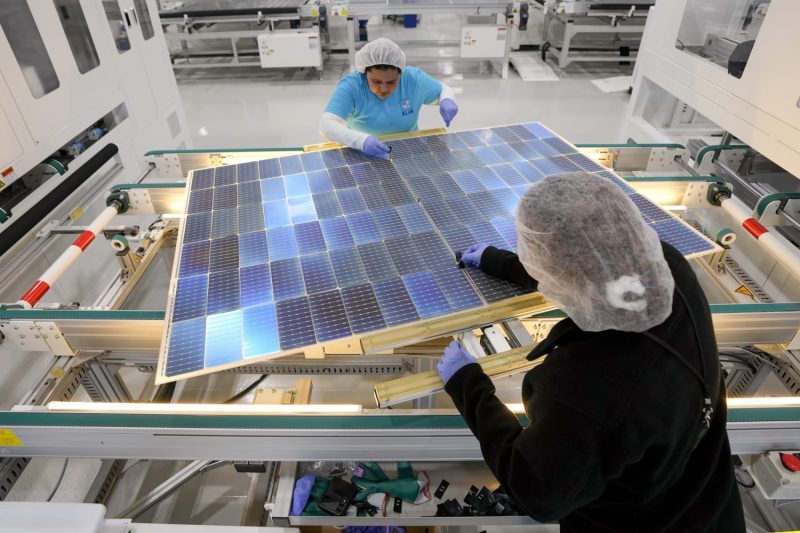The Inflation Reduction Act (IRA) was a pivotal piece of legislation that had far-reaching effects on the economy, particularly within the manufacturing and clean energy sectors. Passed by Congress with bipartisan support, the IRA aimed to address the rising inflation rates that were plaguing the country at the time. This act set in motion a series of events that ultimately sparked a manufacturing and clean energy boom across the United States.
One of the key provisions of the IRA was the introduction of tax incentives for companies that invested in manufacturing facilities and equipment. These incentives encouraged businesses to expand their manufacturing capabilities, leading to a surge in production and job creation. Companies across various industries seized the opportunity to take advantage of these tax breaks, leading to a renaissance in American manufacturing.
The manufacturing boom fueled by the IRA had a ripple effect throughout the economy. As more goods were being produced domestically, there was a decreased reliance on imported goods, which helped to reduce the trade deficit. This shift towards domestic manufacturing also led to a resurgence in the demand for skilled labor, creating new opportunities for job seekers across the country.
In addition to boosting manufacturing, the IRA also played a significant role in promoting clean energy initiatives. The act included provisions that incentivized companies to invest in renewable energy sources such as solar, wind, and hydroelectric power. These incentives helped to drive innovation in the clean energy sector, leading to the development of more efficient and affordable technologies.
The combination of incentives for manufacturing and clean energy sparked a wave of investment in new technologies and infrastructure. Companies that previously may have been hesitant to invest in clean energy projects now saw an opportunity to not only contribute to a more sustainable future but also to benefit from the financial incentives provided by the IRA.
Furthermore, the manufacturing and clean energy boom spurred by the IRA had a positive impact on the environment. By incentivizing companies to adopt cleaner manufacturing processes and invest in renewable energy sources, the act helped to reduce carbon emissions and mitigate the effects of climate change. This focus on sustainability not only benefitted the environment but also aligned with consumer preferences for eco-friendly products.
Overall, the Inflation Reduction Act of the era was a transformative piece of legislation that catalyzed a manufacturing and clean energy boom in the United States. By providing incentives for companies to invest in these sectors, the act set the stage for economic growth, job creation, and environmental sustainability. The legacy of the IRA continues to be felt today, as the manufacturing and clean energy industries remain vital components of the American economy.

